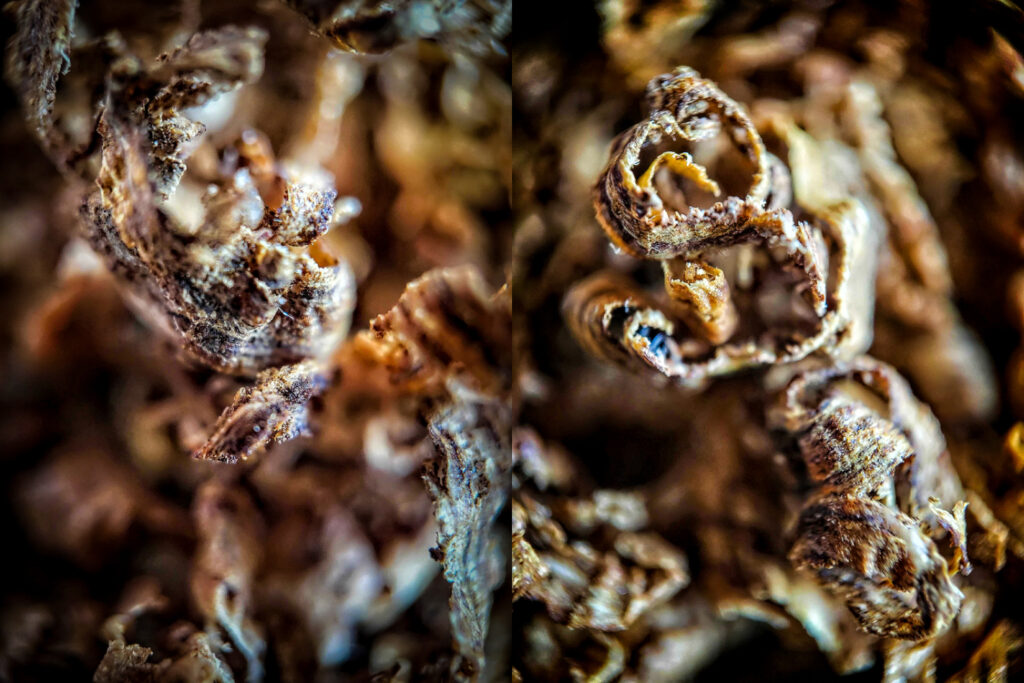Oud Info
Agarwood: A Reality Check
There’s a massive discrepancy staring you right in the face.
On the one hand, you’ve got gallons upon gallons of oud oil coming out of China and Taiwan. On the other hand, there’s not a splinter of wood in sight.
As supply is at an all-time low, the price of quality raw agarwood keeps going up. And forget new wood – I’m talking about the reseller’s market here. We’re talking second-hand, vintage harvests, not fresh ones from the forest. These are batches obtained from people selling their collections from decades ago, often assets their grandfathers and grandmothers originally bought and stowed away.
The highest caliber wood has been consumed slowly but surely over the last decade as less and less new harvests emerged, and the price has only gone up as demand has gone through the roof.
Yet, oud oil gets pumped out by the liter – and only gets cheaper. How do you explain that?
If good agarwood is everywhere, why do Chinese brokers save no expense obtaining every piece they can find?
And if the Chinese themselves are producing gallons of oud, why do they chase raw agarwood so fiercely in the first place?
(And why are they now asking us for our wood?)
Here’s a good way to get a reality check: Ask the people who produce all those oud oils about their wood. When they offer you Nha Trang oil, simply tell them you want proper wild Nha Trang wood – how much?
See what they quote you and let me know. And ask yourself: If that’s the cost per gram, then what on Earth are those oils distilled from?

